Imagine stepping into your own private sauna whenever you want – ultimate relaxation at the press of a button! But a home sauna isn’t just about comfort; it’s a game-changer for your health, too. The gentle heat boosts your immune system, improves blood circulation, and melts away the stress of a long day. By building your own sauna, you’re creating a personalised wellness retreat, saving on long-term costs, and enjoying the luxury of a spa experience at home. Ready to make it happen? This guide walks you through every step – from planning to wellness perfection.

Imagine stepping into your own private sauna whenever you want – ultimate relaxation at the press of a button! But a home sauna isn’t just about comfort; it’s a game-changer for your health, too. The gentle heat boosts your immune system, improves blood circulation, and melts away the stress of a long day. By building your own sauna, you’re creating a personalised wellness retreat, saving on long-term costs, and enjoying the luxury of a spa experience at home. Ready to make it happen? This guide walks you through every step – from planning to wellness perfection.
How much does it cost to build a home sauna?
Building a home sauna doesn’t have to break the bank. A basic sauna for two to three people costs between £1,500 and £2,500. These compact models typically use affordable spruce or pine wood – both excellent for heat retention. Standard features include basic benches, simple lighting, and standard insulation with a no-frills heater.
If you’re after something more luxurious, expect to spend around £5,000 or more. High-end saunas fit up to six people and often feature premium woods like cedar or hemlock, known for their durability and luxury aesthetic. Modern technologies like infrared heaters, stylish designer stoves, LED lighting, integrated sound systems, or ergonomic seating take your sauna experience to the next level.
Want to go custom? Features like glass fronts, advanced ventilation systems, or bespoke designs will raise the price. While a top-tier sauna is a bigger investment upfront, the payoff comes with enhanced comfort, longevity, and a truly personalised relaxation zone.
What types of home saunas are there?
First, decide on the location for your sauna. An indoor sauna can be installed in a bathroom, basement, or dedicated wellness space. This option is weatherproof, so you can enjoy it all year round without leaving your home. However, indoor space is often limited, and poor ventilation could cause moisture issues if not properly managed.
Outdoor saunas, often placed in gardens or on terraces, offer a more natural vibe. These saunas typically have more room since they aren’t confined by indoor layouts. Picture yourself sweating it out while enjoying garden views! Just be aware – outdoor saunas require weatherproof materials to withstand the elements.
Beyond location, there are several sauna types to choose from. Infrared saunas are energy-efficient, quick to heat up, and perfect for smaller spaces. They operate at 40–60°C, providing gentle heat that’s kinder to the skin. Prices range from £1,500 to £3,000.
The traditional dry sauna, or Finnish sauna, offers that classic experience with temperatures of 70–100°C and optional water infusions for bursts of humidity. These saunas start at £2,000 but can go up to £5,000 or more depending on size and features.
Steam baths, or Turkish baths, deliver a high-humidity, low-temperature (40–50°C) environment that’s perfect for soothing respiratory issues and deep skin cleansing. Expect to pay £2,500–£6,000 for these models.
Can’t decide? A combination sauna lets you switch between dry heat and steam. These versatile units cost anywhere from £3,000 to £7,000 depending on size and features.
The right size and materials for your sauna
Size matters! A two-person sauna requires just 2–4 m² of space, making it energy-efficient and quick to heat. For families or groups, a larger 5–8 m² model is ideal. Always ensure the ceiling is at least 2 m high so everyone can stand comfortably, and include one or two benches, typically 42 cm high. Place the air inlet beneath the heater for optimal airflow.
Materials are just as important. Affordable options like spruce or pine are common for entry-level saunas (£20–£35/m²), while premium woods like cedar (£60–£80/m²) or hemlock (£50–£70/m²) offer durability and elegance. For a sleek, modern look, combine wood with glass fronts or special finishes. Steam baths require moisture-resistant materials like polystyrene, tempered glass, or ceramic to prevent warping or rot.
Whether you choose a simple wood design or a luxurious mix of materials, the right choices will ensure your sauna is built to last.
The best sauna heater for your home
Your choice of heater is crucial. Options include traditional fireplaces (great for outdoor saunas), infrared heaters, and electric sauna heaters. Electric heaters are user-friendly, precise, and safe. Choose the power output based on your sauna’s size:
- 4 kW: for 3–6 m³ saunas
- 6 kW: for 5–9 m³ saunas
- 8 kW: for 8–12 m³ saunas
- 9 kW: for 9–13 m³ saunas
Stylish column heaters or models with steam options can enhance your experience. Just remember – many heaters require a 400 V power connection, so plan ahead!
Essential tools for building a home sauna
Building an indoor sauna is simpler than an outdoor one – no foundations or weatherproofing needed! Just measure, cut your planks, and assemble. Essential tools include:
- Saw
- Sander
- Measuring tape and square
- Hammer or nail gun
For steam baths, opt for ceramic tiles with a slight slope (1–2°) and a drain to handle condensation. You’ll also need mortar, a trowel, and a spirit level for tile installation.
Common mistakes when building a home sauna
Building a sauna isn’t difficult, but small missteps can lead to big headaches. Avoid these common mistakes:
- Lack of planning: Always finalise your design, size, and materials before you start.
- Poor electrical work: Hire a professional for wiring – faulty installations are a fire hazard.
- Bad ventilation: Proper air circulation prevents mould and keeps your sauna comfortable.
- Wrong heater choice: Pick a heater suitable for your sauna’s size and type.
- Weak insulation: Good insulation reduces heat loss and saves on energy costs.
Keep these tips in mind, and your sauna will be the perfect place to relax without any frustrations.
Wellness at home: pick the right sauna for your space
Today, saunas aren’t just for luxury retreats. Why not save yourself a trip to the spa and add one to your garden or even to your house. Large bathrooms, utility rooms, or attics make excellent locations. two-person saunas can even fit comfortably in flats or multi-family homes!
Love DIY projects? Then check out our other guides – why not create a rock garden or plan a garden irrigation system that keeps your plants happy year-round?
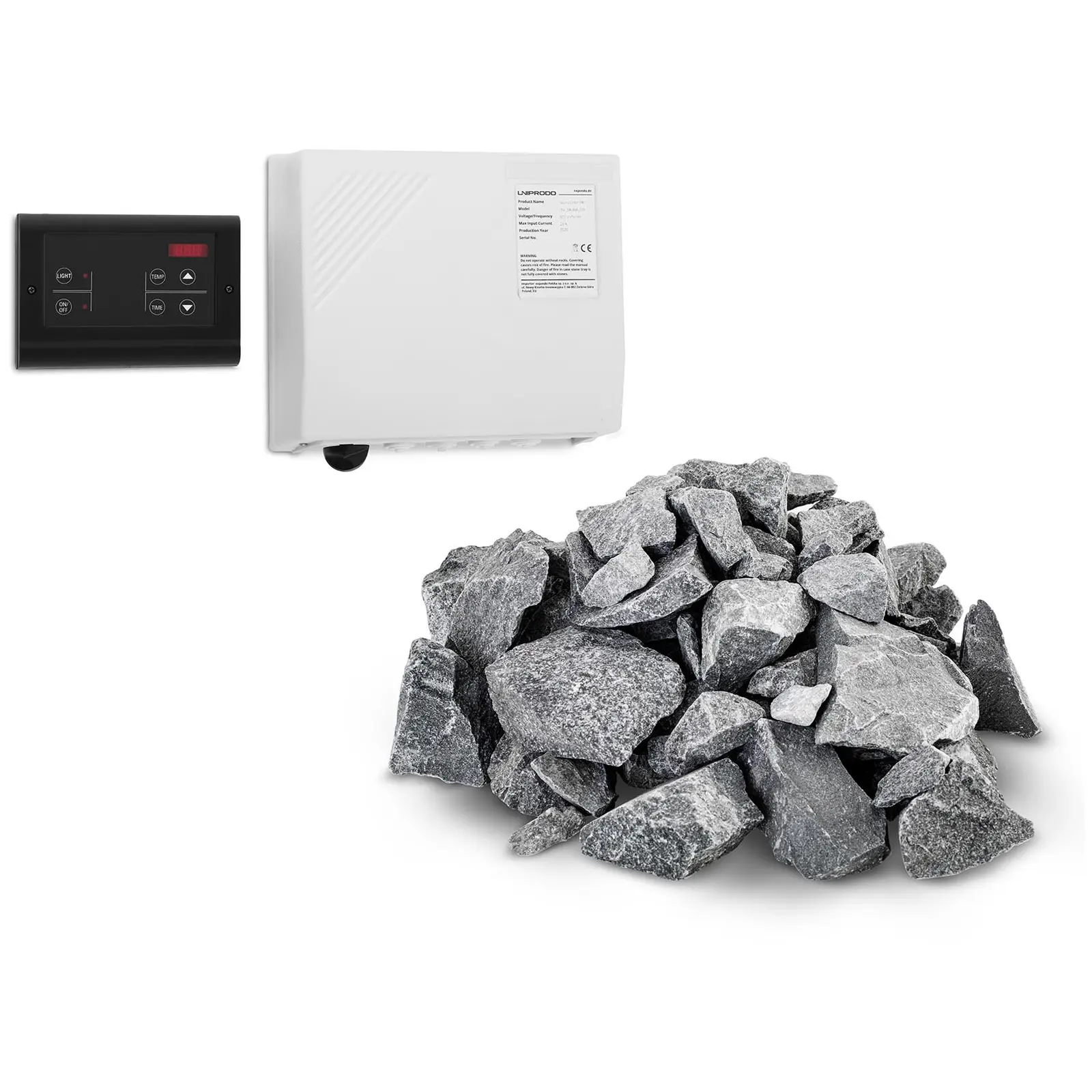
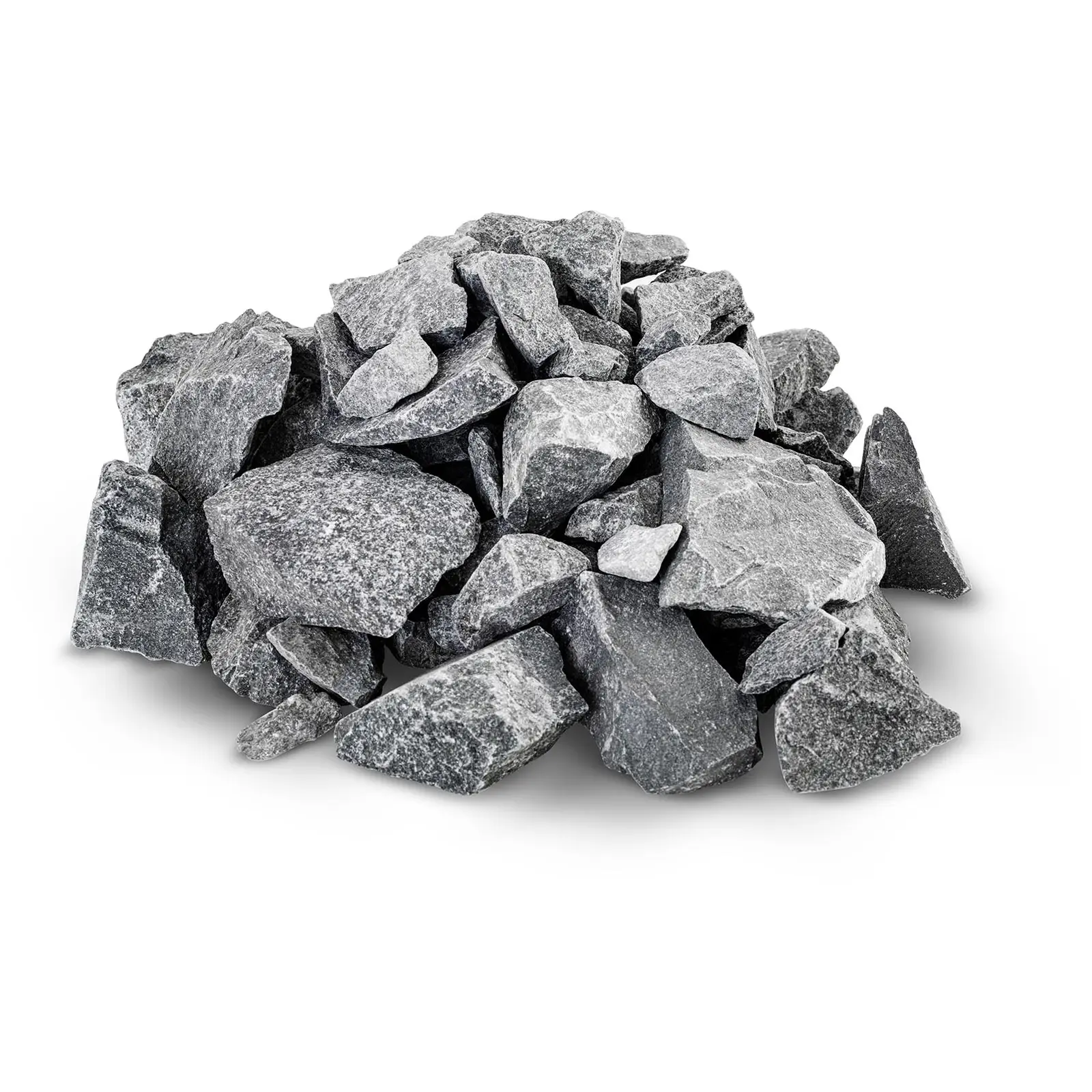
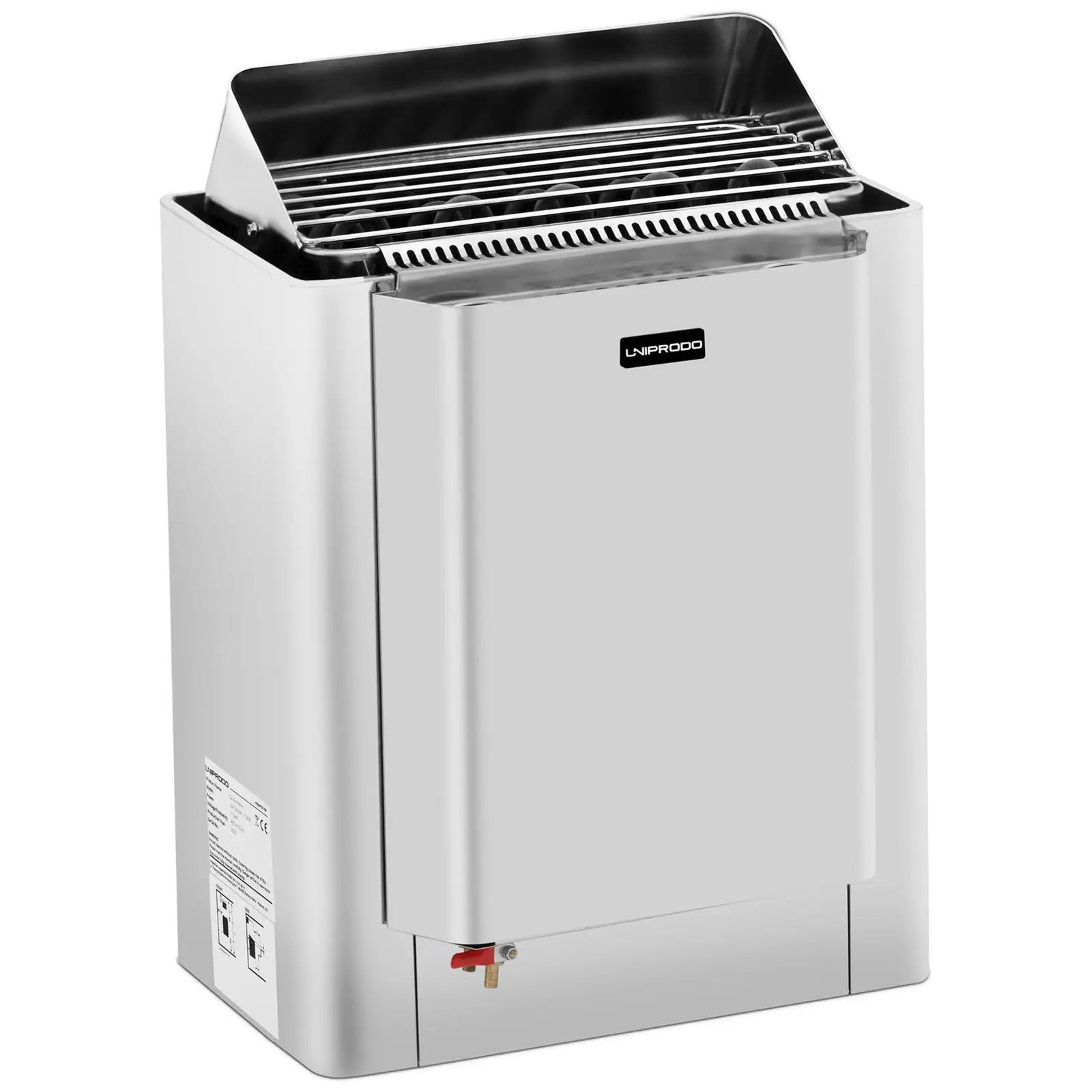
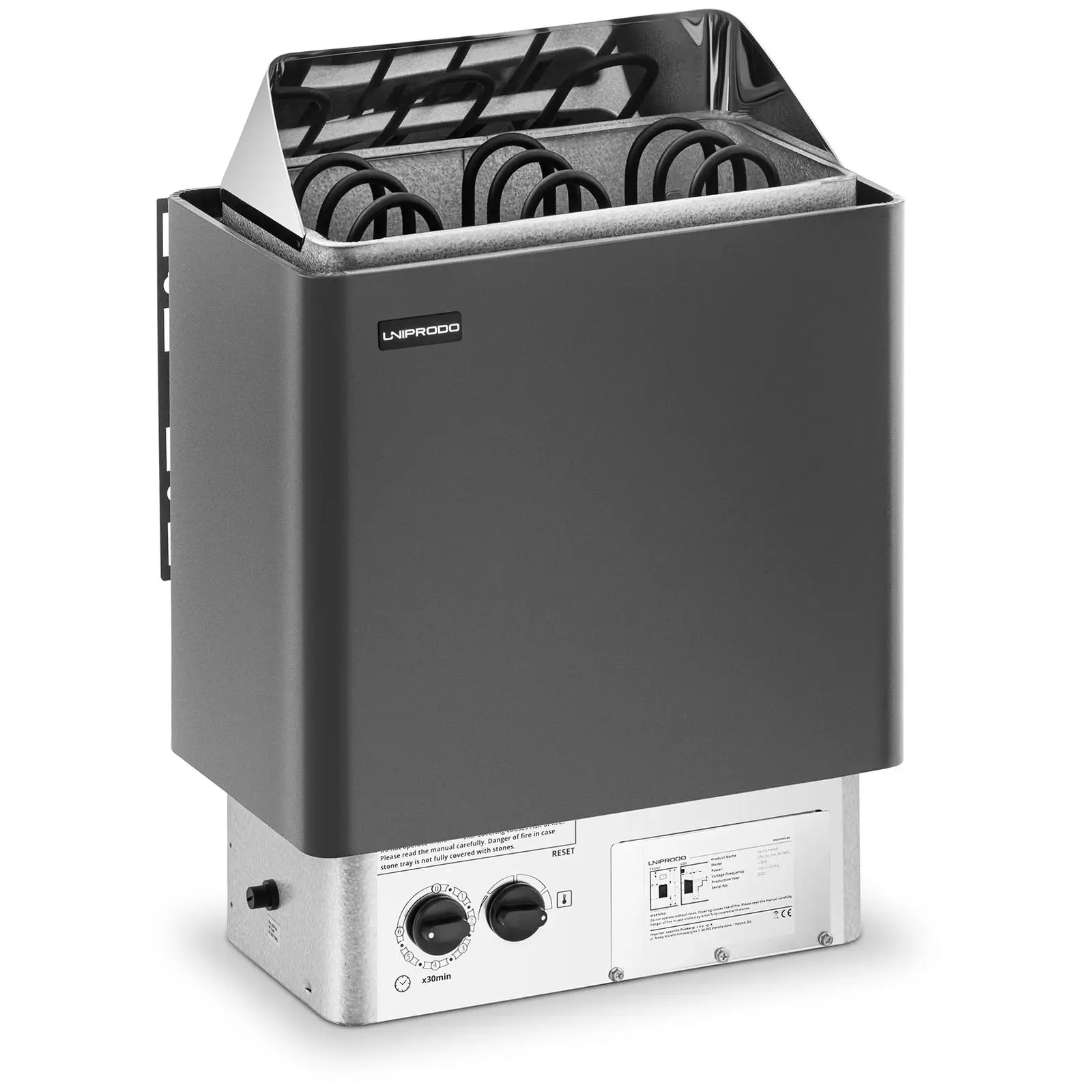
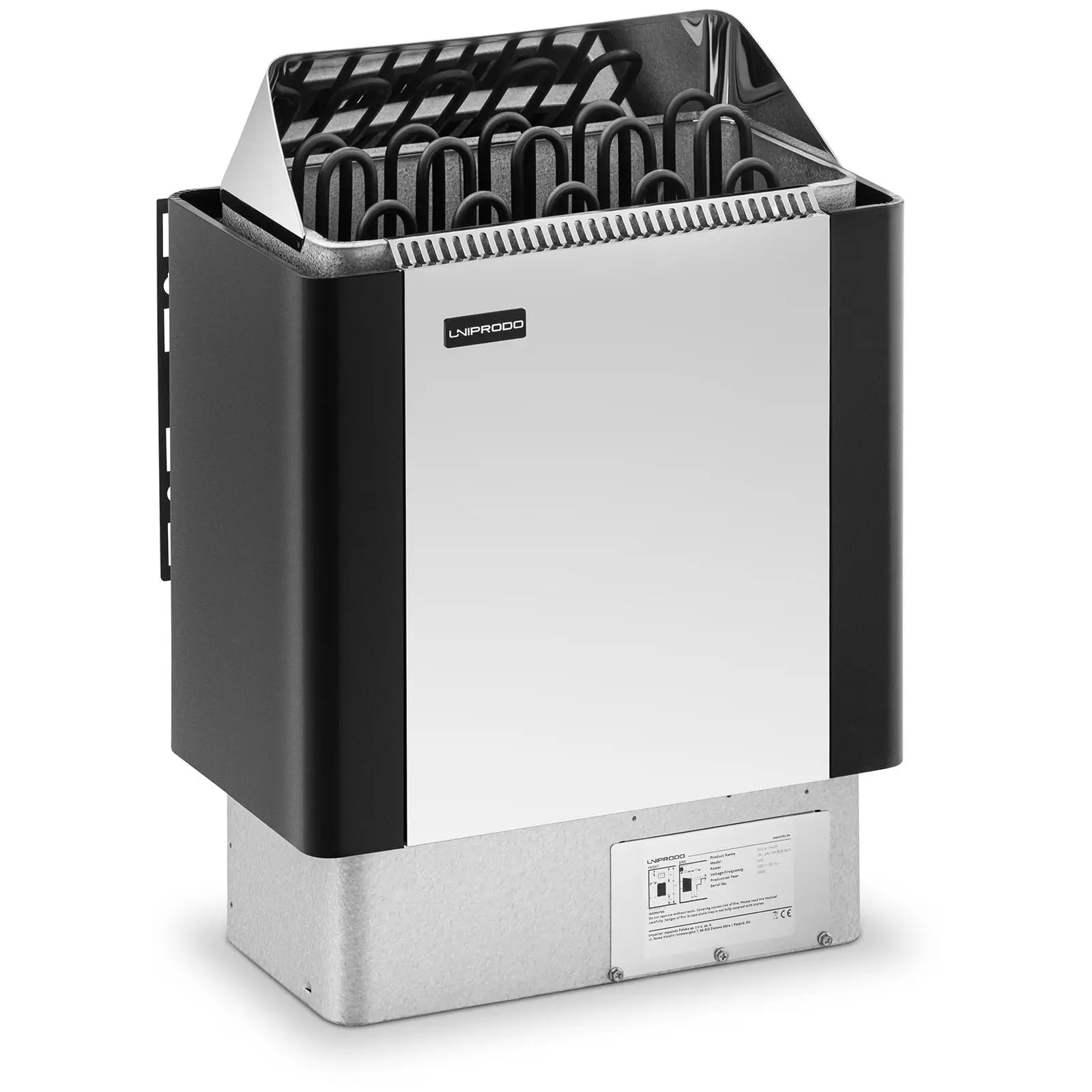
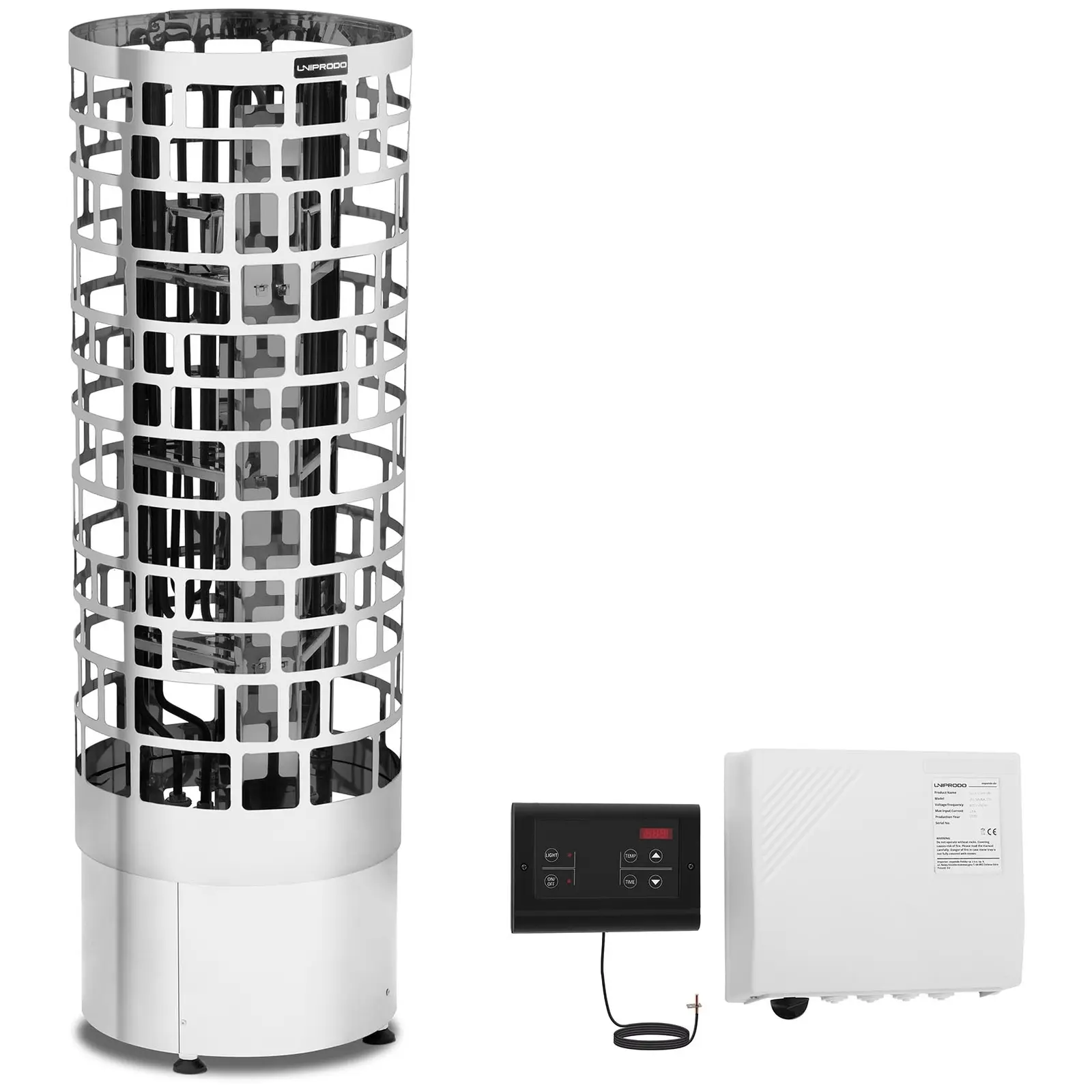
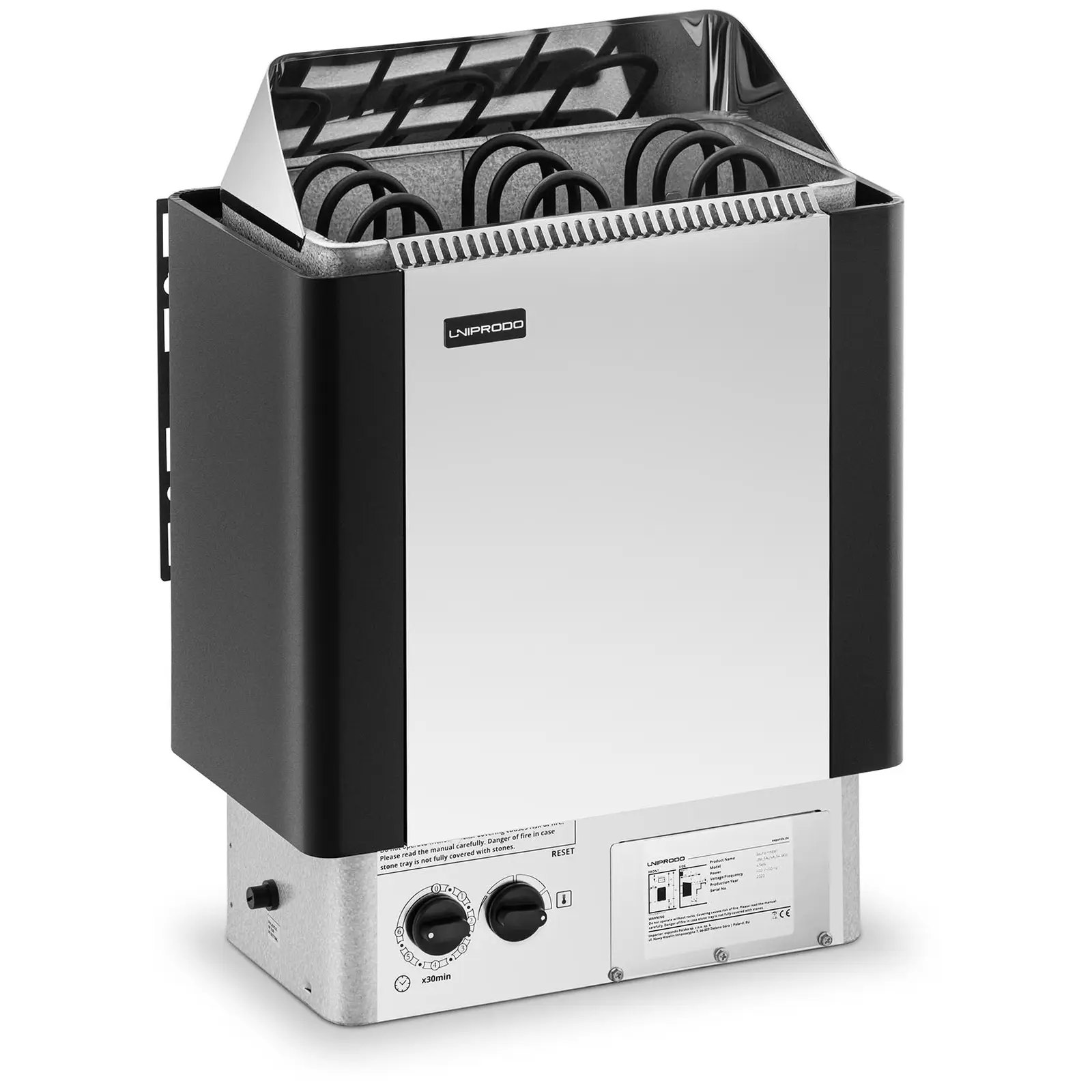
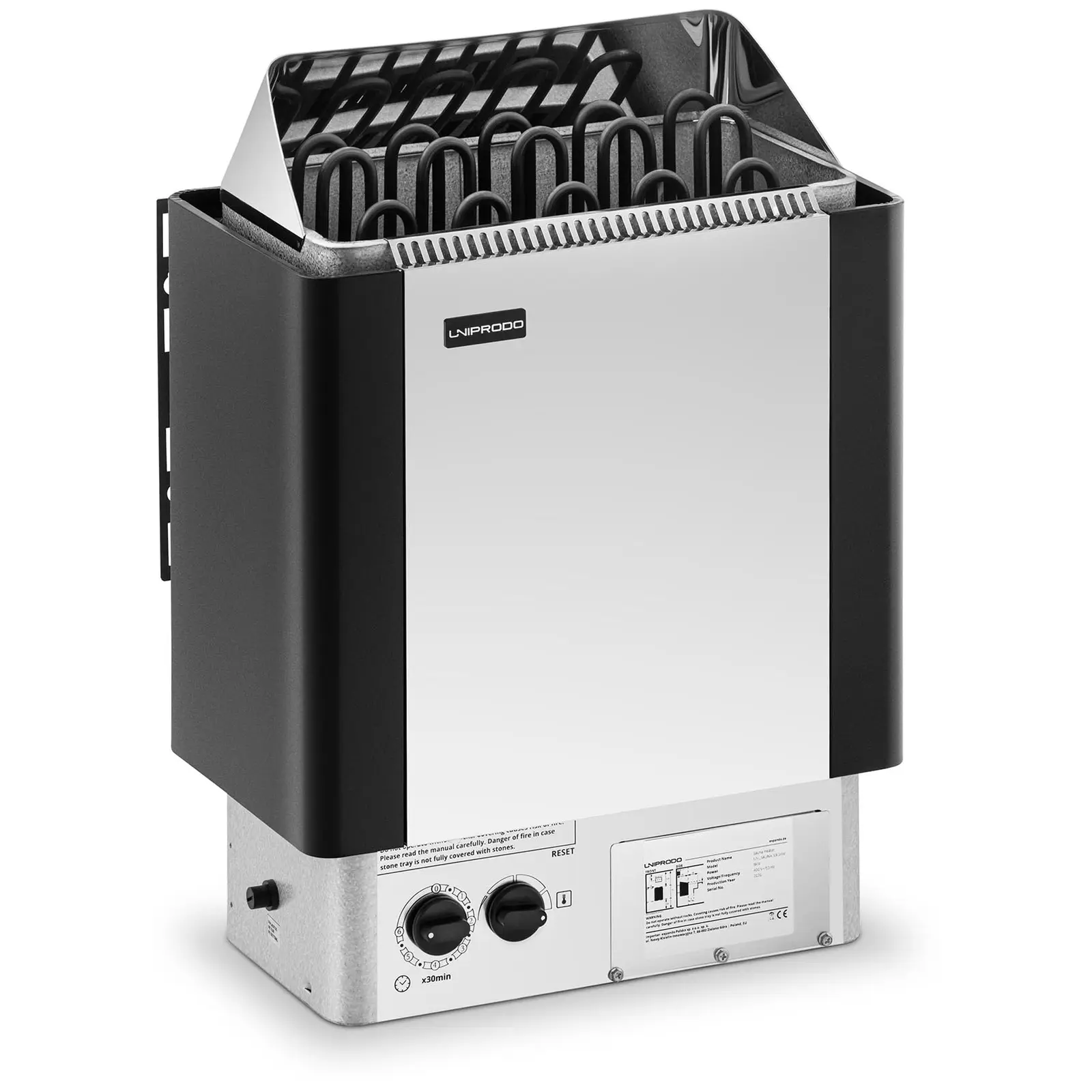
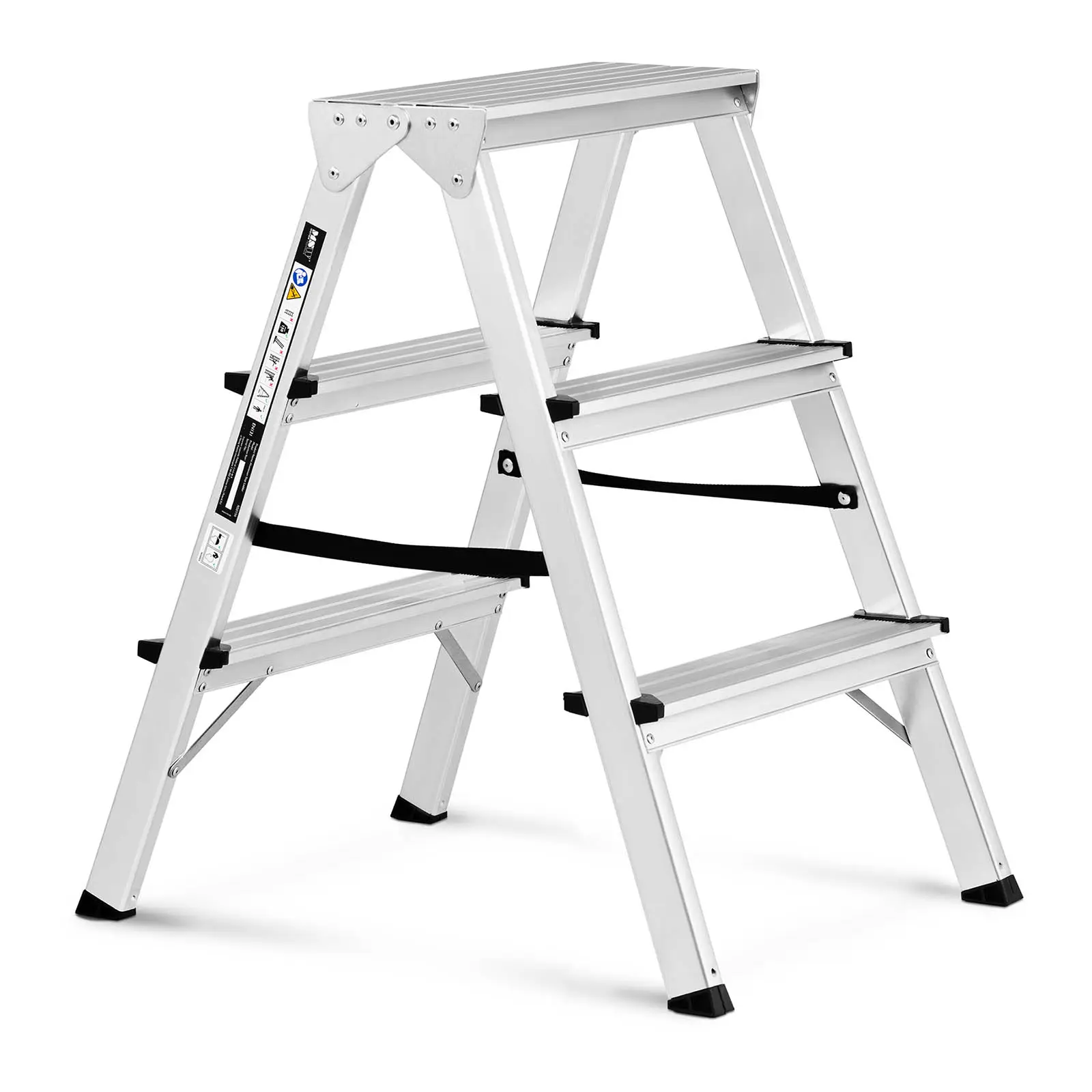
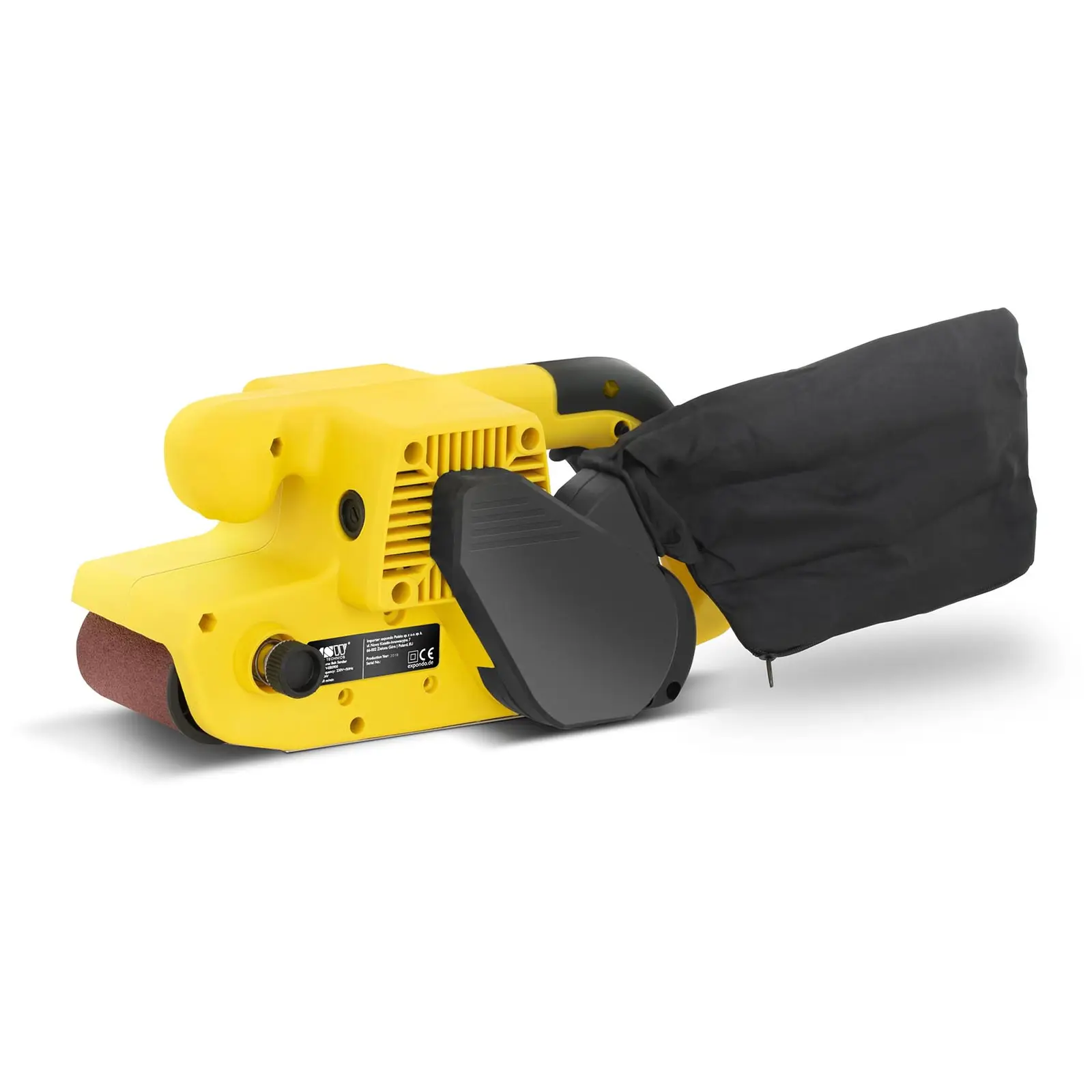
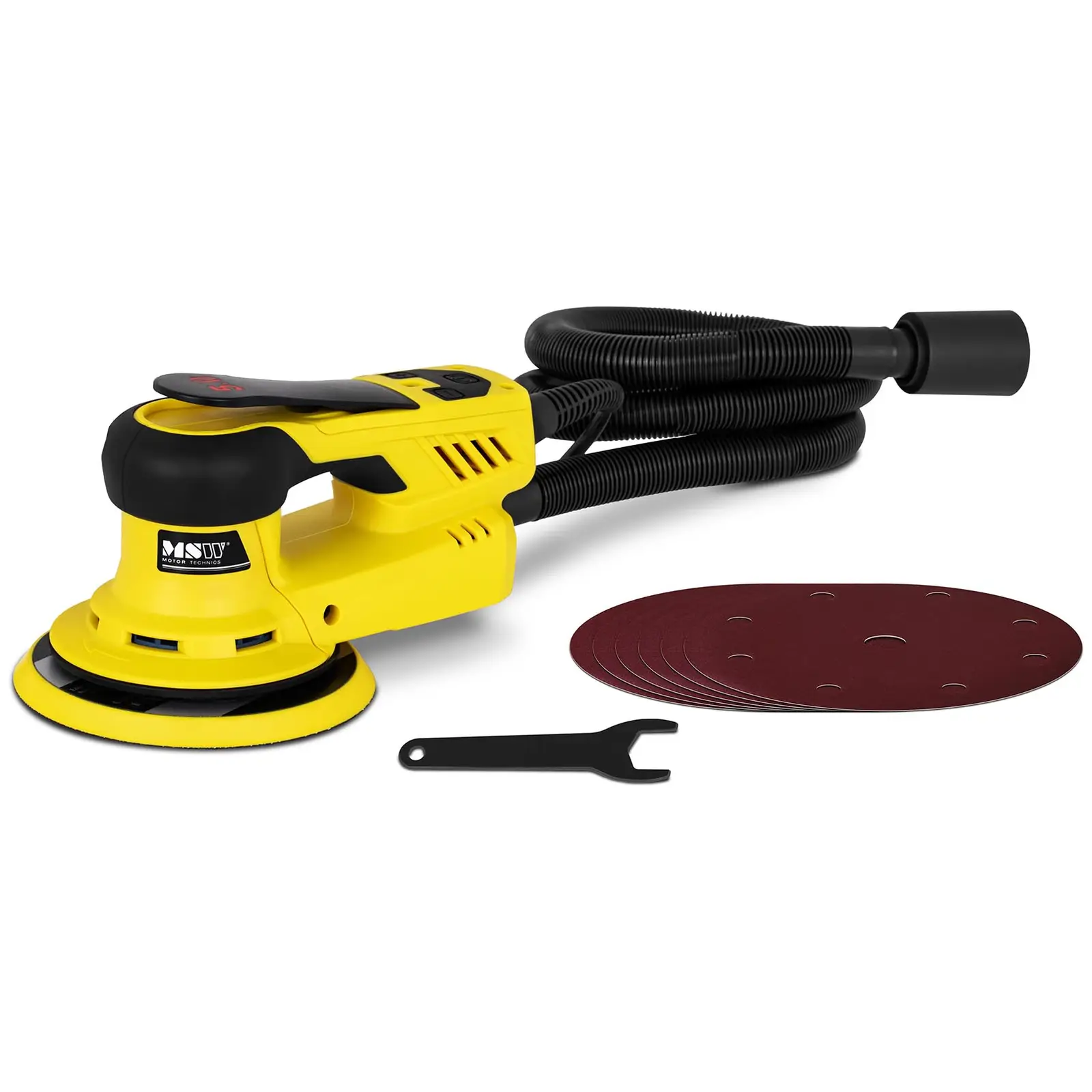
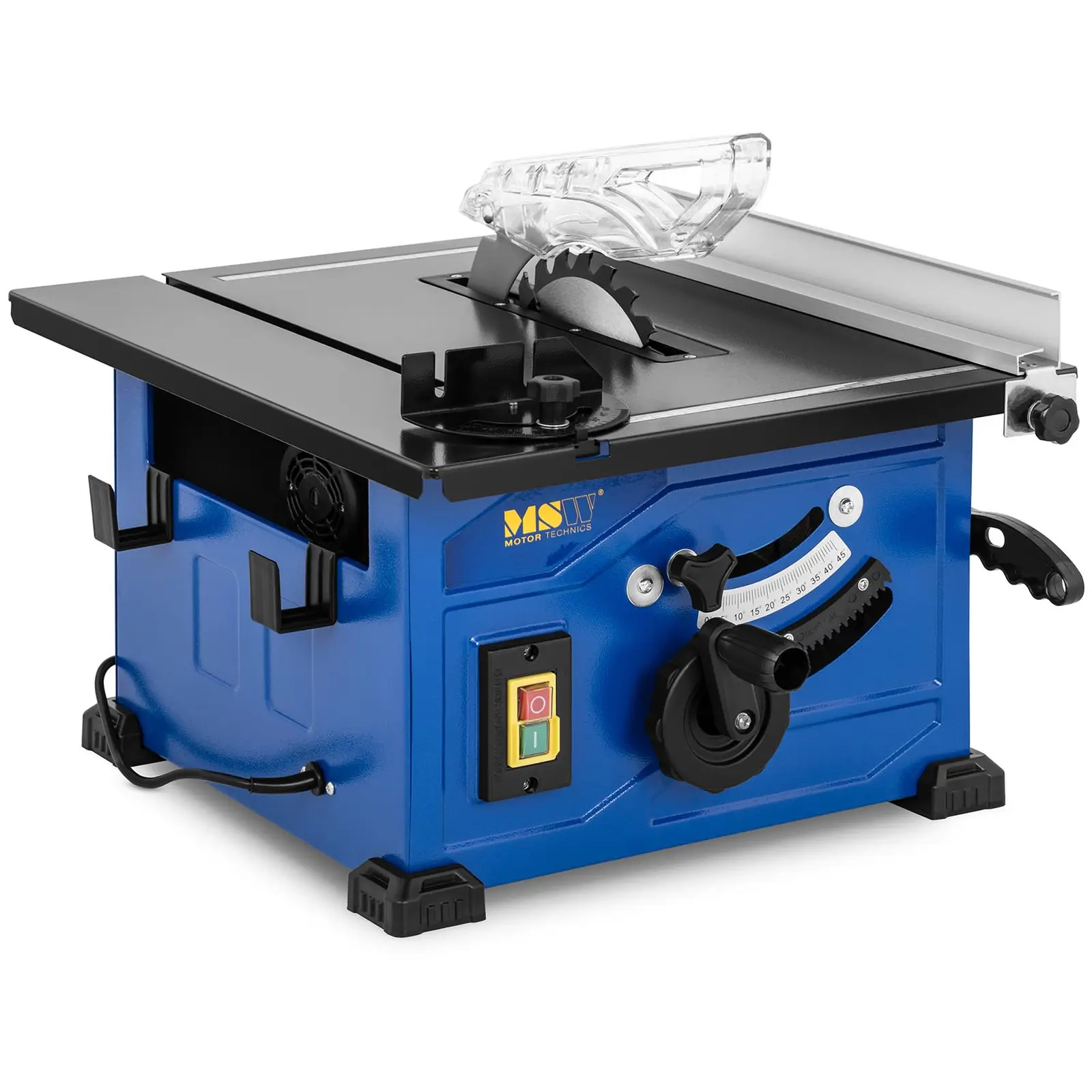

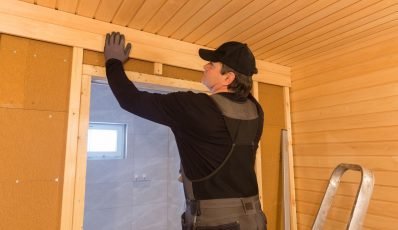




Share